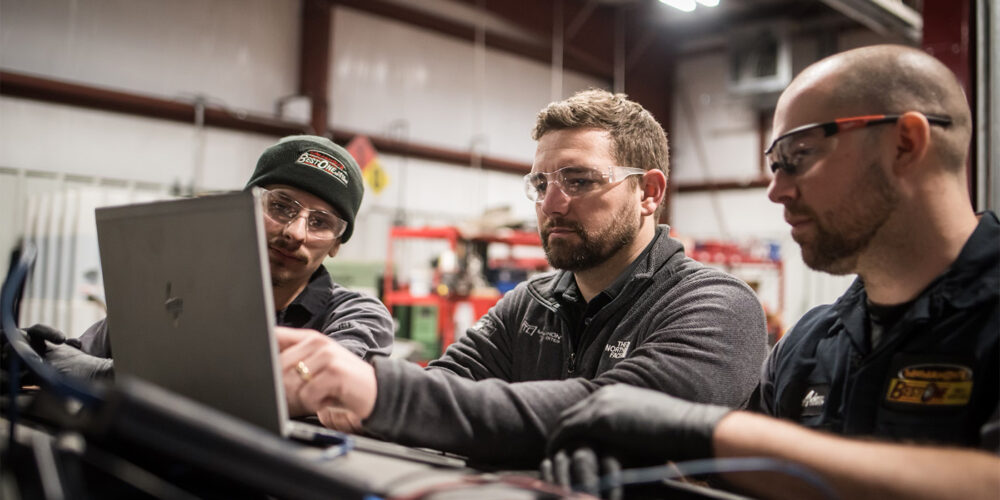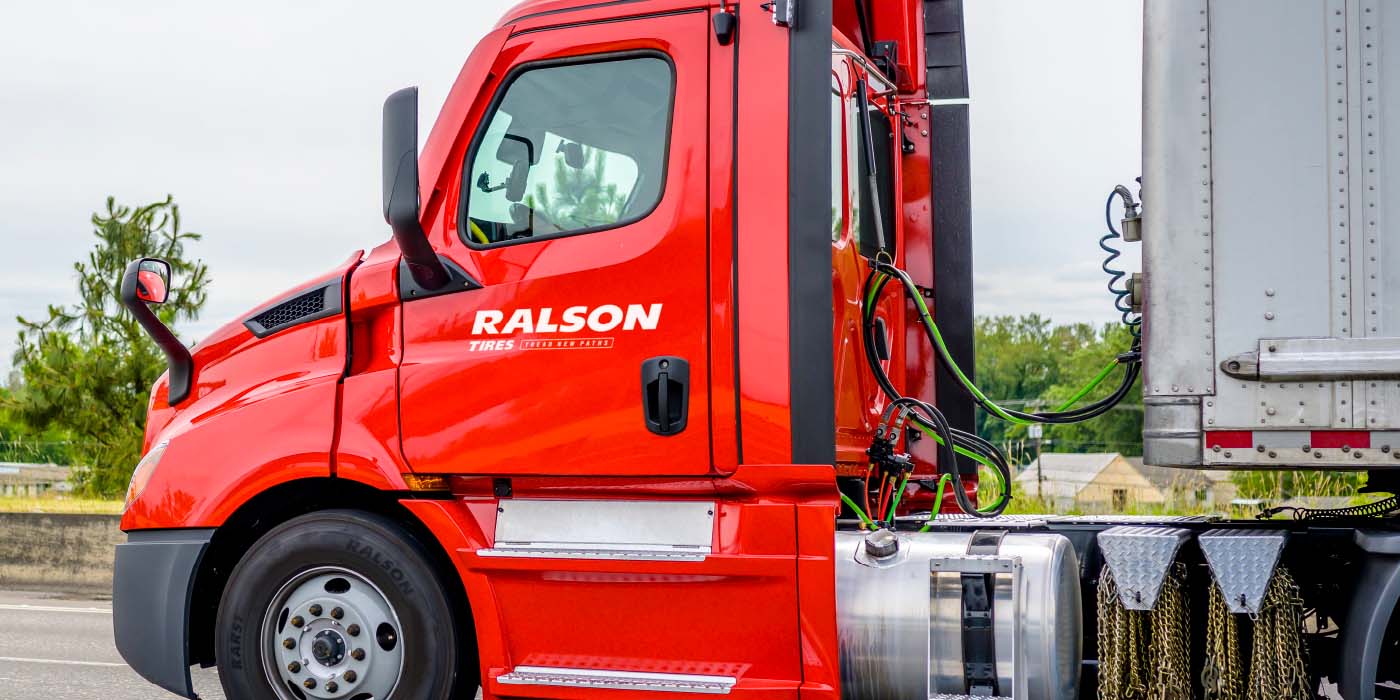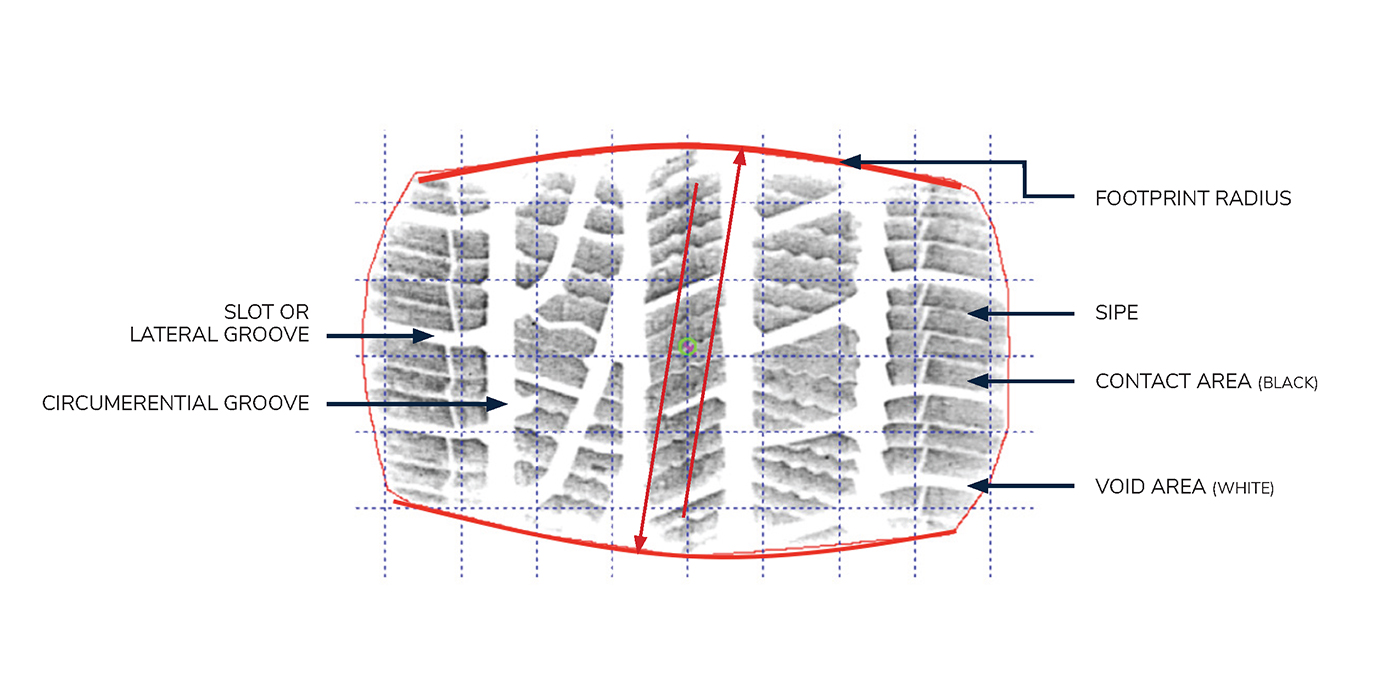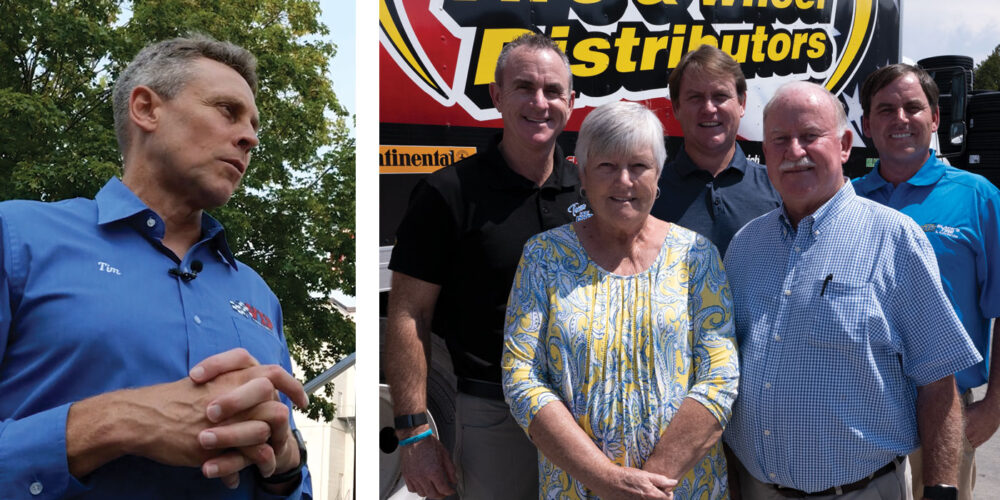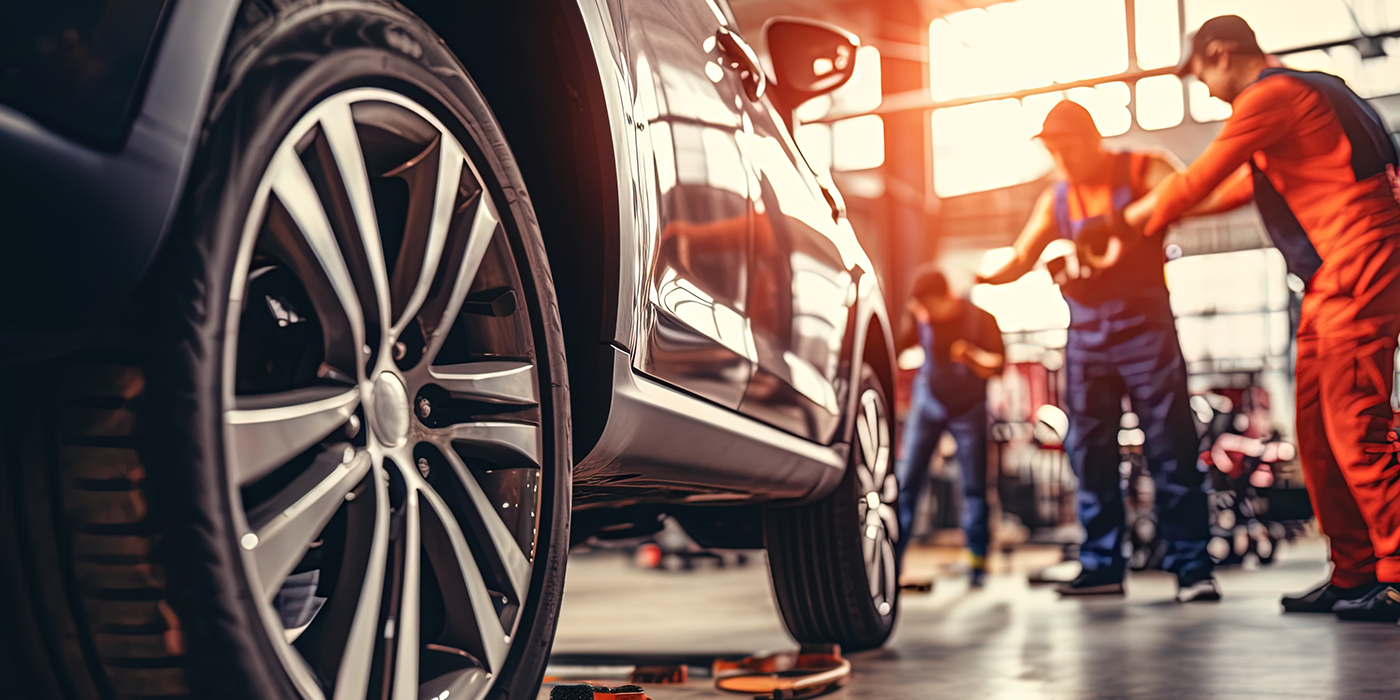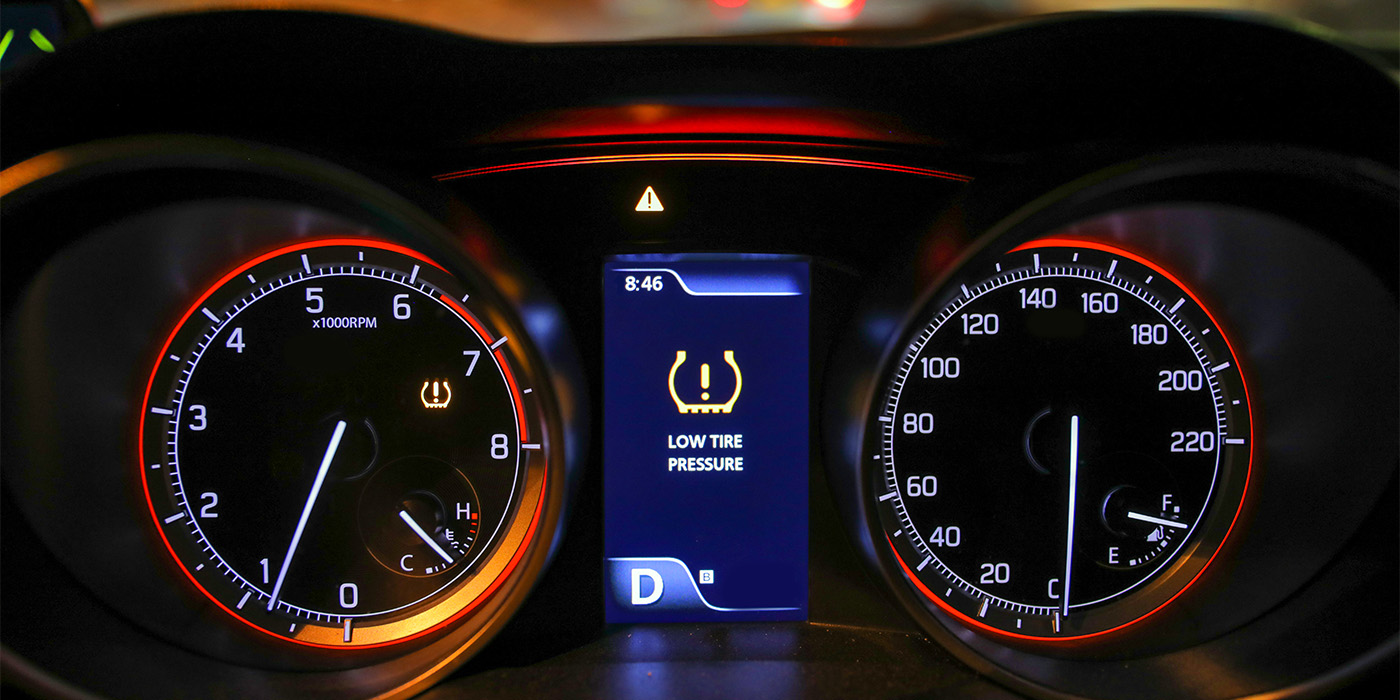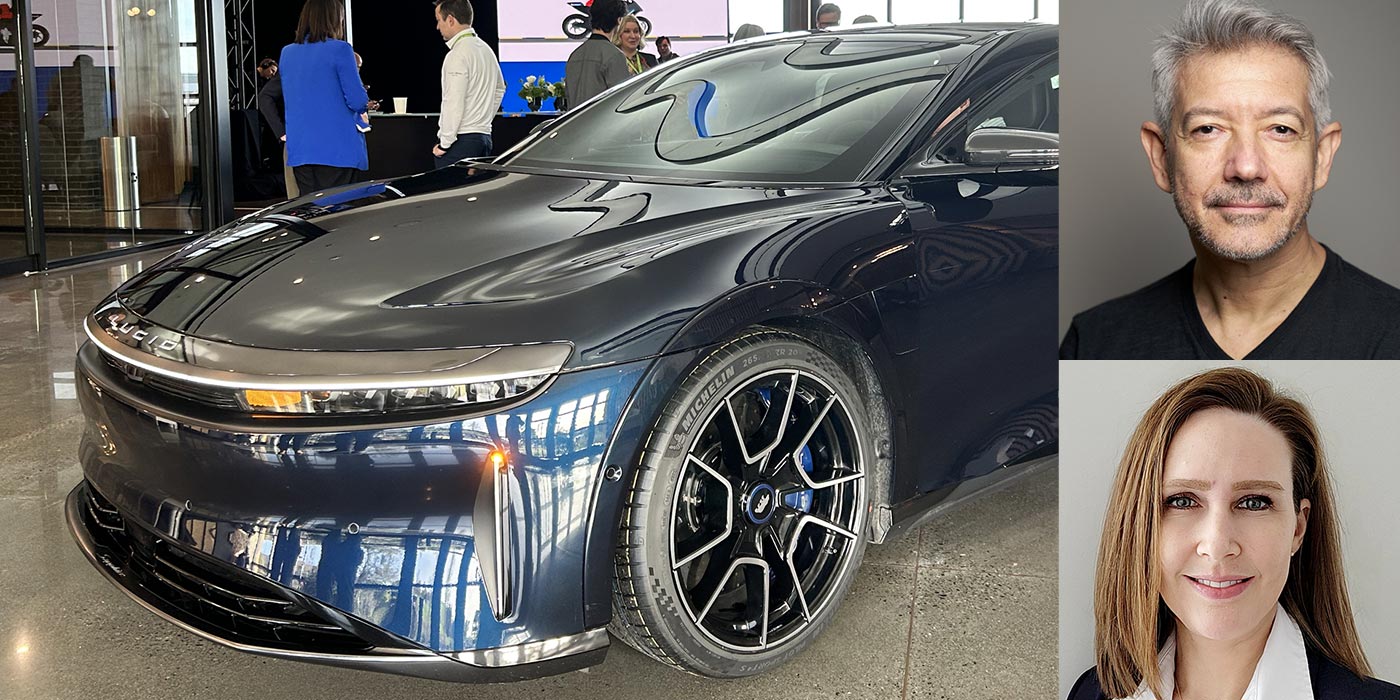The complexity of vehicle technology is only increasing, and the average age of technicians is slowly creeping higher. As a tire dealer, you know this whether you want to acknowledge it or not. The industry has dealt with a technician shortage for decades. However, as we enter a world without pandemic restrictions, attitudes toward work have changed. It’s harder to find qualified technicians, let alone, get people to show up to work. If this is your gripe, we hear you. But the real question is, what are you doing about it?
Many top tire dealers are taking this issue into their own hands and creating in-house training and retention methods to show employees that they’re invested in their career development. This could look like a strong commitment to bringing in training from vendors or creating your own program to truly train technicians in the way you’d like them to operate at your shop. One independent who has done just that is McMahon’s Best-One, an eight-location dealership in the Ft. Wayne, Indiana, area.
In September last year, a former lead technician at McMahon’s, Keegan Wentz, approached its owners—Randy Geyer and Bubba and Kim McMahon—about starting a training and technology center in which Keegan would help train and develop a career path for new technicians as well as be the point person for staying up to date on emerging vehicle technologies. The owners jumped at the chance to be on the cutting edge.
“This seemed like the perfect opportunity to provide our employees with the kind of training that fits our culture,” said Kim McMahon, co-owner of McMahon’s Best-One. “It provides them with a level of professionalism and creates a loyalty to us that is lacking in a lot of places.”
With a background in training others in OE technology, Keegan is president of McMahon’s Technology Center. An ASE Master Tech, Keegan worked as an automotive electrician after leaving McMahon’s and then joined Vertex Aerospace, a subsidiary of Raytheon Technologies, as its senior principal field engineer. There, he developed training for factory workers without a technical background at General Motors. He led training for them to diagnose complex electric systems, getting well-versed in teaching others the modules connected to ADAS and on EVs.
Here’s how McMahon’s training program works: First, technicians spend their first two weeks working for the company in paid training with Keegan, who reviews the “McMahon Way,” its core principles of doing business, as well as topics of professionalism and ethics before they even step in the shop. They also must take and pass the Tire Industry Association’s 200- and 250-Level Automotive Tire Service Training and supplement this with classroom instruction and shop experience.
Then, they focus on career development.
“I don’t think the automotive industry, in general, has done a very good job of exploring the possibilities for a technician as their career grows,” Keegan said. “We [at McMahon’s] make it a point to sit down with all of our technicians and see what they want, where they see themselves going, what kind of timeframe they’re looking at, what are they interested in.”
If a technician wants to work on big trucks, they’re directed to training for McMahon’s commercial tire service center after finishing the basics. If they want to go into sales, McMahon’s will provide service advisor training for them to work the front counter. From there, they can take the path to become a store manager. The same exists for the wholesale and retreading sides of the business.
Once new technicians have established their path and completed basic training, it doesn’t stop there. Keegan said technicians spend weeks apprenticing under each shop’s general service leads (GSLs, as McMahon, calls them) before they start working on vehicles solo. This could be a lead tire and lube tech, for example, who teaches newcomers the ropes.
“When they get into the shop, there’s almost no learning curve because they spend two to three weeks [in training] leaving some lug nuts loose accidentally or something like that,” Keegan said. “A lot of that has been cut down with those few weeks and the watchful eye of our GSLs.”
Keeping Existing Talent Engaged
So, a newbie tire and lube tech go through training, McMahon’s charts out their potential path with the company, and they apprentice under a more experienced technician…now what? That’s when teaching opportunities and incentives kick in, Keegan said.
If somebody is showing a good grasp on what they’re doing in the tire and lube position, they’ll be marked to move up to a GSL position. Then, those GSLs go through a week-long paid boot camp in which Keegan will help them map out their career development and goals (if they already haven’t) at McMahon’s. The goal is for the GSLs to pass their ASE G-1 certification, which covers general automotive service.
“We make sure they know the basics like engines, transmissions, flushes, so they can start moving into the more repair side of things,” Keegan said. “We also really hit on DVI [digital vehicle inspection], because their main job is making sure that our DVIs are of good quality and fully filled out.”
Keegan said the GSL position has become the backbone of McMahon’s Best-One locations since it’s not only a training position but is also a customer-facing role.
“We’re using that position as the face of the shop to the customer, so we really focus on professionalism—shirts tucked in, clean shaven, clean clothes, wash your hands. You’re going to be delivering the cars out front, and there’s a direct correlation between how that technician looks and how the customer perceives the shop.”
As an added bonus, McMahon’s offers pay incentives for the amount of training and skill sets a technician has. For example, for each ASE certification a technician gains in addition to on-car work, they get a raise. Technicians also receive tool reimbursements—one after they reach GSL status and others as they work their way up in ASE certifications.
“We’re directly correlating their enhanced skillset with a monetary value,” Keegan said. “Really, we’re competing against other trades—carpentry, welders, plumbers, steamfitters. The cost of entry on those is way less expensive than the automotive industry, so we must compete. We’re trying to build our guys from within.”
Staying Up to Date on Modern Equipment
Another part of McMahon’s Automotive Technology Center is keeping up with emerging technologies. Those include all those hot-button abbreviations you’ve heard around the industry. Keegan said this year, his goal is to have one of McMahon’s locations specialize in electric vehicles and advanced driver assistance systems (ADAS).
“Lane change assist, blind spot detection, all these features are coming on almost every car now, even lower equipped vehicles,” he said. “All that takes specialized equipment and training.”
In addition, Keegan said because the availability of parts is so questionable in today’s industry, there has been a proliferation of modules, or computer control units within a vehicle that come attached to a specific system. Many manufacturers are building these modules to only be used once on one vehicle model. When vehicles are discontinued, those modules will become an aftermarket service need down the line, Keegan predicts.
“I think the future of aftermarket auto repair is having the ability to service those,” he said, noting that the circuitry and electronics inside modules could be a profit center for shops down the line.
“We’re getting in on the ground floor trying to establish our name in that realm. We’re flying a mile a minute but we’re having fun.”
Keegan said for techs to gain a better understanding of vehicle systems like modules, McMahon’s has invested in a 3D printer to build training aids and scale models of complex systems like engine or board repairs. They also use 3D printing to create small parts, such as a link for an actuator on an HVAC system, when certain parts are on backorder.
Kim said although the automotive technology center is in its infancy, she hopes that McMahon’s investment in the development of its people and learning new vehicle technology will help them attract people from various backgrounds.
“Because of what we’re doing and how cars are made nowadays with so much technology, who we’re trying to attract is engineers, electricians, people with technical backgrounds,” she said. “You can attract a whole different group of people when you focus on the technology instead of just working on cars. We hope it opens up a pool of employees.”
Keegan said he has noticed a difference in the new technicians that have been through the training as well as a curiosity around emerging technology.
“They’re seeing it as a career,” he said about new employees. “They see that you can grow in this. I think it’s great for [our technicians] to see this isn’t backyard Joe Blow’s Garage. We want professionalism, we want pride in your work. All of us in the industry need to realize that professionalism can be palpable. The effect that we have on people’s lives requires that.”

